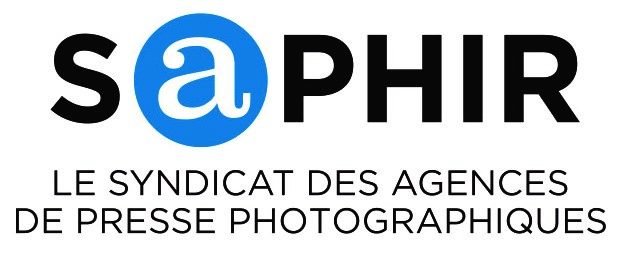Author: Alfonso Gutierrez, CEPIC President
In a business world run by “Big Data”, having little or poor data indicates an endogenous problem and if a problem is generated from within an industry, it could forecast dangers ahead.
From the dawn of civilization up till 2003, mankind had generated five Exabyte, or if you want it clearer, five billion gigabytes of data. Today, we produce five Exabyte, or five billion gigabytes of data, every two days and all this is accelerating really fast. This statement would have been treated as merely interesting although imprecise some will say, if the person who made it wasn´t Eric Schmidt, Executive Chairman of Google, a company that is changing the way photography and information is seen on the Internet. It was therefore a surprise when CEPIC requested that the stock photography industry, an industry built on image data, answer a survey of the European Union and the response from our industry, with some exceptions, showed a surprising lack of meaningful data. It is as if what is happening around us is too complex for a majority to understand.
YouTube uploads 48 hours of video every minute and receives 4 billion views per day. Google alone serves 50% of all Internet users in the planet every day; that means displaying 7.2 billion pages per day, or if you prefer, 20 petabytes (20 billion megabytes) of data processed every twenty-four hours, all this being relative because this numbers grow by the minute. However, Google is not the only friend revolutionizing the Internet, and, by the same token, the way our images show their pixels to the market.
If we take a quick peek at another phenomenon, Facebook, we see that they have 955 million active users a month (using 70 languages), possibly many more while this article is being written. This means that 10% of the world is now socially connected and while this fact alone might be treated with indifference by our industry, there is another aspect that ought to be of interest to us, which is that 140 billion user-generated images, widely known as User-Generated Content (UGC) is being stored there, or that some 300 million images are being uploaded daily, perhaps just slightly more than the 70 or 80 million that some of our agencies voice that they have. It is possibly true that 35% of the entire world´s photographs end up on Facebook, and let´s not forget that they receive 2.7 billion likes and comments a day. Yes, true, this accumulation of images can invade the world´s privacy in a certain sense but nobody had requested the world to upload them there.
We have treated UGC with mere curiosity, as if it would not mean anything today and not even in the future. Does this withstand logic?
Four years ago, it was predicted that Facebook Inc. would be the most valuable company in the world and (last year) Instagram the most powerful platform. Both predictions stand. Instagram is a community of more than 300 million who capture and share the world’s moments. More than 60 million photos are shared every day on the platform. Instagram plays a critical role in establishing visuals as the connective tissue between consumer products and brands and, as a result, demographics now cite Instagram as “the most important” social network. Let’s open our eyes: Instagram is about images, user-generated ones and “as brands engage on a deeper more visual level with their customers, consumer photos become an important part of the overall brand experience and how a company tells its story”, says Pau Sabria CEO and Co-Founder of Olapic (http://www.olapic.com/). He follows by saying that “marketers have an opportunity to harness authentic consumer photos to supplement their need for content across all marketing channels, and overcome the challenge of cost, time and resources in producing professional content.” However, that said, branded, hash-tagged consumer-generated photos continue to flood the Internet and we still need to see new refined technologies such as powerful visual search engines so as to help organize and access this content in an actionable way. When in time will the UGC tsunami reach us? Possibly sooner than everyone believes because authentic consumer photos are what big brands and there advertising agencies are keen to explore.
Clive Humby (http://www.dunnhumby.com/) coined the phrase “Data is the New Oil”, that was embraced by the World Economic Forum in a 2011 report which considered “data to be an economic asset”, like oil. It’s valuable, but if unrefined, it cannot really be used. It has to be processed to create a valuable entity that may drive profitable activity; so data must be broken down, analyzed, for it to have value, but first, we have to have it.
Is our stock photography industry capturing the data to be able to refine it and use it to generate value? Given the information above and experience of many players, I don´t think so, but I hope they will. We must understand that for data to mean something, it must be placed in context in the marketplace, our photography marketplace. Otherwise, this data, if anything, will only be a sticky string of numbers.
Alfonso Gutierrez
President of CEPIC








